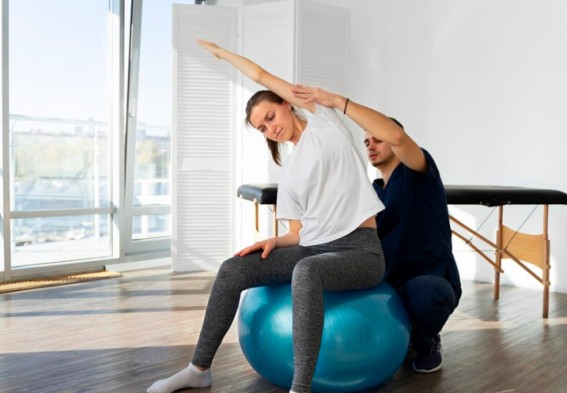Surgery may be the beginning of healing, but it’s never the end of the story. Whether it’s a joint replacement, spinal procedure, or soft tissue repair, the real recovery begins post-operatively. Patients often underestimate the complexity of rehabilitation, and without the right approach, they risk chronic stiffness, pain, or even reinjury.
At VARDĀN, post-surgical recovery is redefined through Functional Manual Therapy® (FMT™)—a patient-centred, hands-on system designed to restore optimal function, not just range of motion. This blog explores how FMT™ bridges the gap between clinical recovery and real-world functionality.

The Post-Surgical Recovery Paradox
What Makes FMT™ Different?
- Mechanical mobilization of joints, fascia, and soft tissue
- Neuromuscular facilitation to restore motor control
- Functional task retraining to reintegrate normal movement

FMT™ in Action: Post-Surgical Pathways at VARDĀN
Here’s how VARDĀN tailors FMT™ for post-operative clients:
Phase 1: Pain Management and Tissue Healing
- Gentle manual therapy to reduce swelling and prevent adhesions
- Lymphatic drainage techniques to promote circulation
- Breathing mechanics to activate parasympathetic recovery
Phase 2: Mobility and Alignment
- Mobilization of surrounding joints that may have become stiff during immobilization
- Scar tissue release to restore tissue glide
- Postural realignment to prevent compensatory issues
Phase 3: Mobility and Alignment
- Activation of dormant stabilizer muscles
- Balance and proprioception work to rebuild coordination
- Gait and movement pattern training for real-life reintegration

When Recovery Is Customized, Outcomes Improve
Complementing FMT™: Integrated Tools for Holistic Rehab
VARDĀN’s rehabilitation approach isn’t just manual therapy—it’s integrative. Patients may also benefit from:
- Corrective taping for joint support
- Neurodynamic mobilization for nerve-related impairments
- Patient education on safe transitions, stair climbing, and functional loading




